In Part 1 of a short series, Vanessa Lee decides to take up compound – and learns from the best
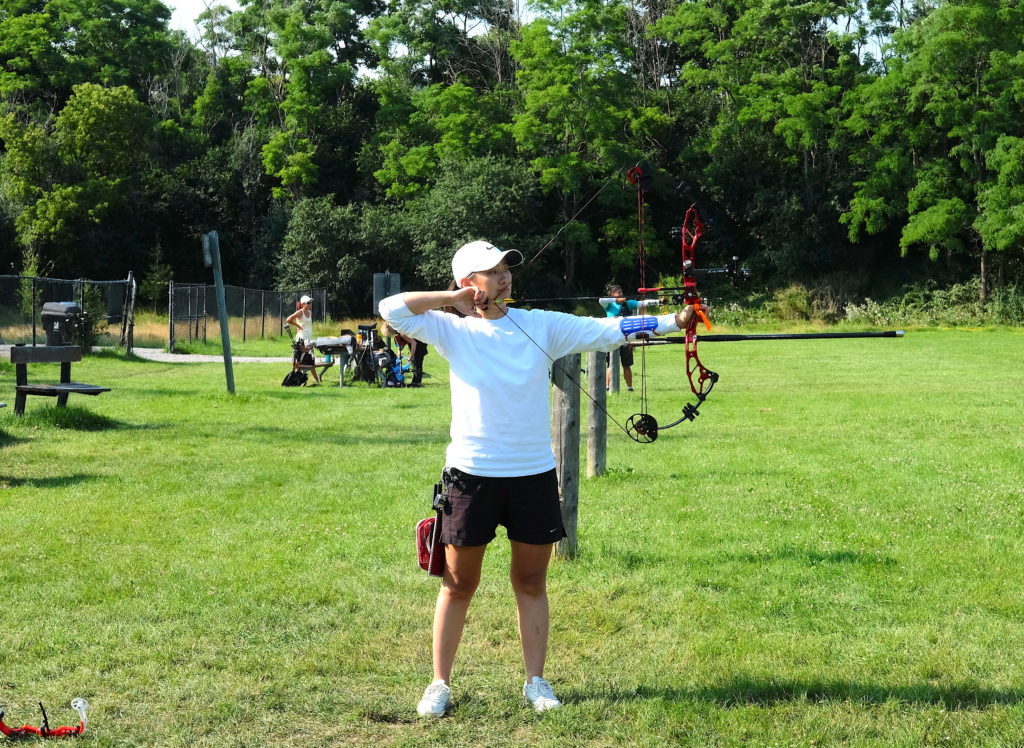
Vanessa Lee is a former Canadian national team member for recurve, and also works as a commentator for World Archery. When Bow found out she had decided to turn to ‘the dark side’, we decided to ask her – how, and why?
It wasn’t easy when I had to come clean. I couldn’t deny my honest feelings. I spent my mornings thinking about them, my afternoons wondering what they would feel like, and my evenings trying to learn everything about them. I had been faithful for so many years but when I looked at my computer search history, I knew it was time to admit my true feelings.
I was truly, madly, deeply in love with compound. I ended up having the difficult conversation with my recurve bow, I even took back some of the accessories I had given it and decided they could be put to use with my future compound bow.
For years, I had been contemplating picking up a compound. I had competed with a recurve for over a decade and enjoyed the majority of my time with it.
I initially started archery after watching Park Sung Hyun win two gold medals at the 2004 Athens Olympic Games. From that moment onwards, I was hooked and vowed that I would one day compete at the Olympics too.
I eventually made the Canadian national team and was able to shoot at international competitions over several years but I never did make an Olympic team. Perhaps it was my fixation on achieving my goals rather than the journey, but I was never satisfied with my time behind a recurve bow.
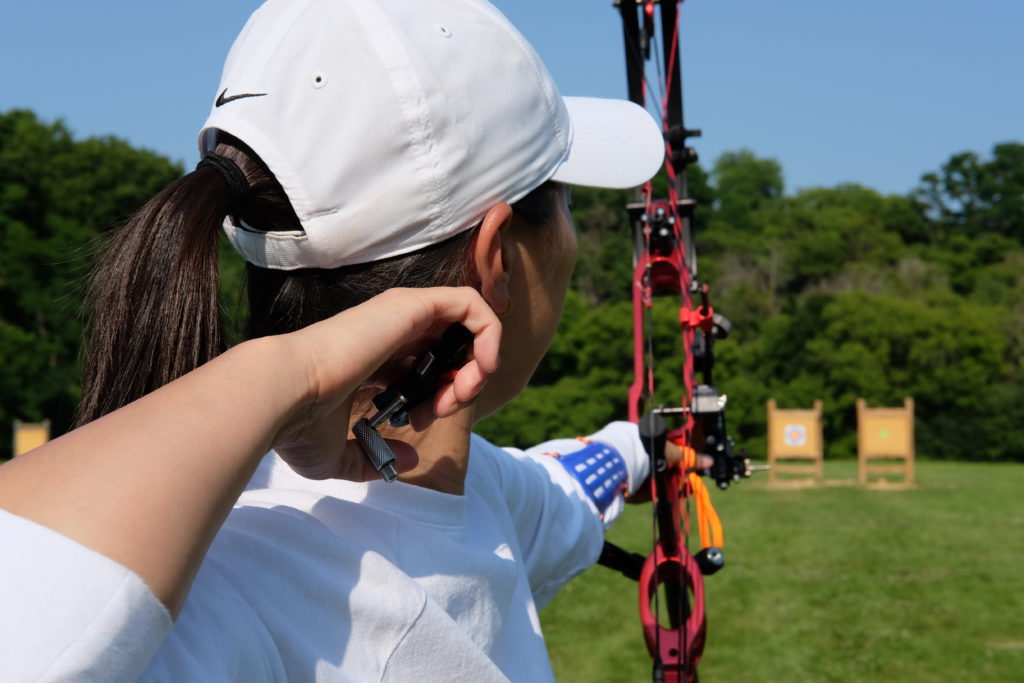
I really enjoyed shooting but I had fallen out of love with archery over the years. Picking up a compound bow allowed me to reconcile the dissatisfaction with my recurve career, fall in love with the sport again, and feed my innate desire to shoot sharp objects at targets.
Things got real, fast, when my friend, Lauren, asked if I wanted to try her compound bow. I jumped on the occasion and met her at the archery range with mixed emotions. I was excited to finally shoot “a bow with training wheels”, as many recurvers lovingly refer to compound bows.
I was also scared out of my mind because I had heard horror stories of people punching themselves in the face or feeling like their shoulders were going to rip out of their sockets. So, I packed a spare pair of underwear because I thought that might be necessary.
Lauren gave me a quick but thorough explanation to prepare me for my first shot and the parts of the draw cycle and how it feels different from a recurve.
You start off at brace height and immediately have to overcome the peak draw weight, completely opposite from a recurve, which gradually builds the last moments in our draw cycles. At the end of the peak draw weight, the geometry of the cams allows for a “let off”, where it becomes significantly easier to pull the bow back.
You then enter “the valley”, which I prefer to call “the valley of doom” – either you promise yourself to keep pulling and hit the wall, or you soften up a bit and get your shoulder ripped out… lovely. At the end of the draw cycle is the wall, your best friend.
It’s when your cams come to a mechanical stop and allow you to pull against while executing your shot. Draw-force curves profiles differ among bows, some aggressive draw cycles optimise energy and others prioritise comfort.
Lauren had brought her Mathews Apex 7, which I believe, has a draw cycle with good balance between comfort and power. We started off with a thumb trigger release so that I could have a bit more “control” over when the shot would go off.
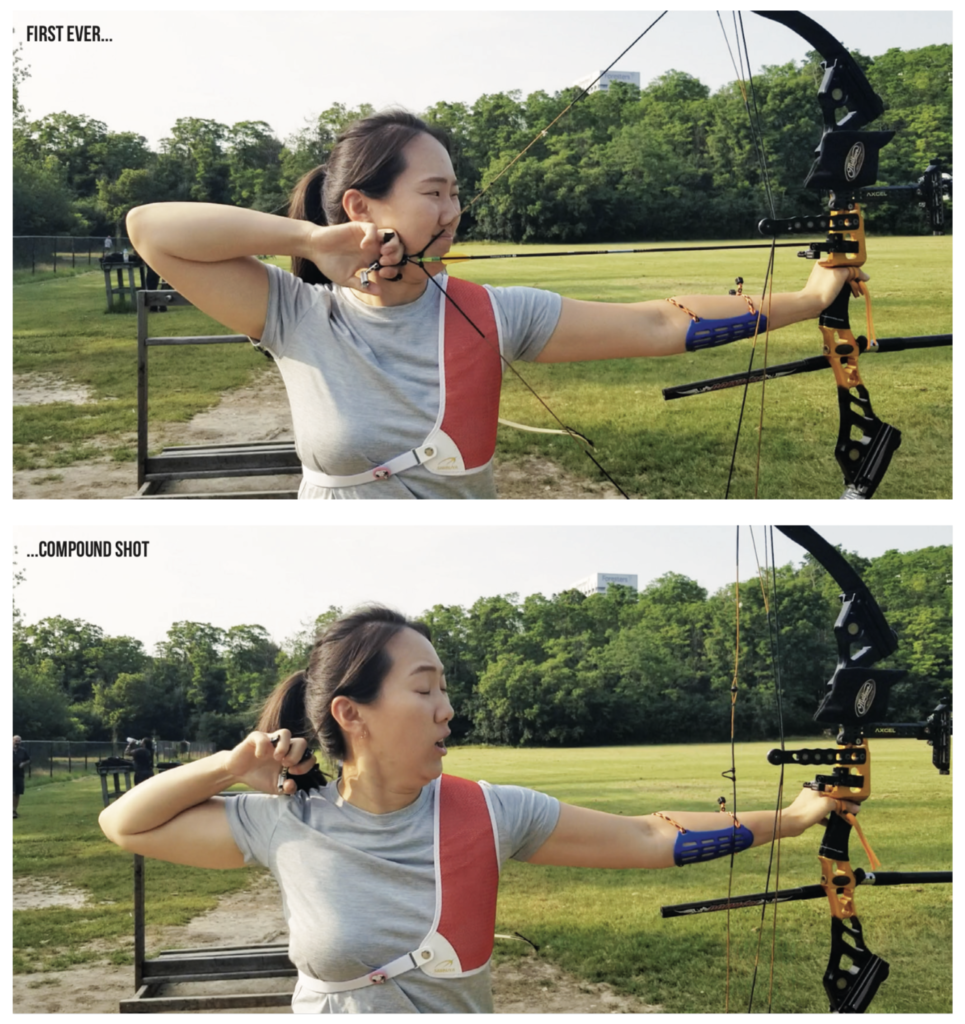
My first shot
Just holding the bow was a different feeling – it’s obviously much shorter than a recurve but every inch of it felt heftier. The grip was something that caught me off-guard. It was much thinner and flatter than a palm-shaped grip you’d find on a recurve riser.
Instead, this grip looked and felt as if someone had taken the plastic recurve grip off. It was surprisingly comfortable, though, and its geometry was something that I’d inevitably come to appreciate.
The arrow nocked on like it would on any other bow but what came next was another part of the compound bow that will likely always scare me, just a little – the d-loop.
This little rope is tied on with melted ends that form little blobs to prevent itself from unraveling around the string. All compounders will reassure you that pulling the bow will only tighten the d-loop on the string but I found it hard to trust the little guy.
Nevertheless, I attached the release to the loop and got on my way. The most important safety point that Lauren reinforced was what to do with my thumb when drawing. Since I was using a thumb trigger, I needed to keep my thumb in front of the trigger until coming to full draw.
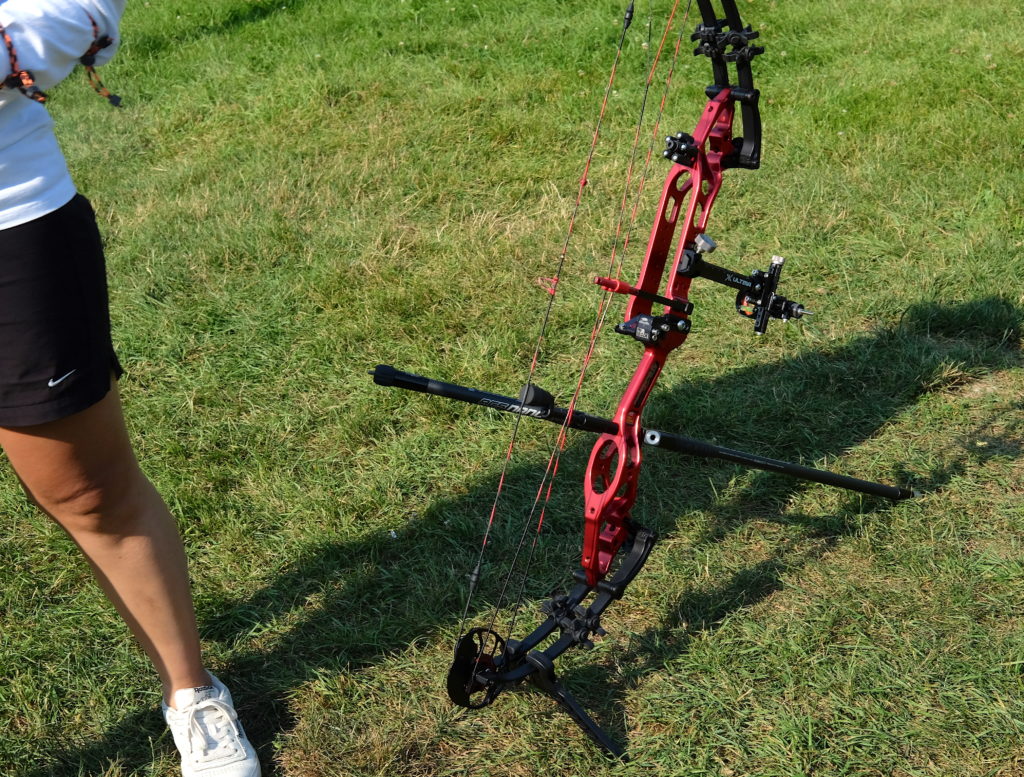
Lauren’s bow had a peak draw weight of about 48lbs and I found it extremely difficult to get over the hump. In retrospect, I should have started at a lighter draw weight or I should have gone to the gym at least once in the last year.
I don’t understand the physiology or biomechanical advantage behind audible grunts, but grunting somehow allowed me to pull over the hump. Suddenly, I found myself in the valley and it felt like I was holding next to nothing in draw weight but everything in bow mass weight.
Without something to pull against, the bow, itself, felt ten times heavier. It was this moment I realised how strong compound archers really need to be in order to hold their bows steadily.
With a little more pulling, I reached the wall, which to me, felt like safe place to be. It was comforting to know that I couldn’t pull any further and all I had to do was come to anchor, aim, and let the release go off.
I tried my best to imitate the compounders I’ve observed over the years by bringing the back side of my knuckles under my jaw, and then looked through the peep. Luckily, the peep sight was perfectly in line with the scope and I was able to aim.
I was starting to feel like a badass compound archer at full draw. I had moved my thumb onto the knob of the release and tried to slowly add pressure. And that’s the moment I got stuck. I couldn’t get the release to go off. I felt a wave of tension take over my whole body as I tried to squeeze the trigger.
I was shaking, my bow shoulder shrugged to the level of my ear as my sight kept dropping below the target, and my right hand felt like I was trying to squeeze the last bits of juice from a lemon. Then, BAM! It finally went off, I screamed for help and the arrow landed in the bale faster than lightning.
I spent the rest of the afternoon grunting as I pulled back the bow and letting out an involuntary yelp every time the release went off. Despite sounding like a dog’s chew toy while shooting, I could feel myself gradually becoming more and more comfortable with the bow.
I started to feel my bow shoulder and how much strength it lacked, I got a feel for pulling into the wall, and started relaxing my release hand a bit. I managed to only shoot about 30 arrows that day and I was exhausted.
Of course, my technique was far from “Sara Lopez” but I had never enjoyed shooting as much as I did that day. If I could summarise my first day of shooting a compound, I’d break it down into five main lessons:
- Shooting compound is hard. Rome wasn’t built in a day.
- It takes a lot of physical strength.
- The fundamentals of archery technique are still the same.
- Consistency is key.
- You’ll eventually stop screaming, don’t worry.
That day, I decided two things: I needed to get myself a bow and I need to figure out how to shoot properly. This was when my journey of hacking the darkside really took off!
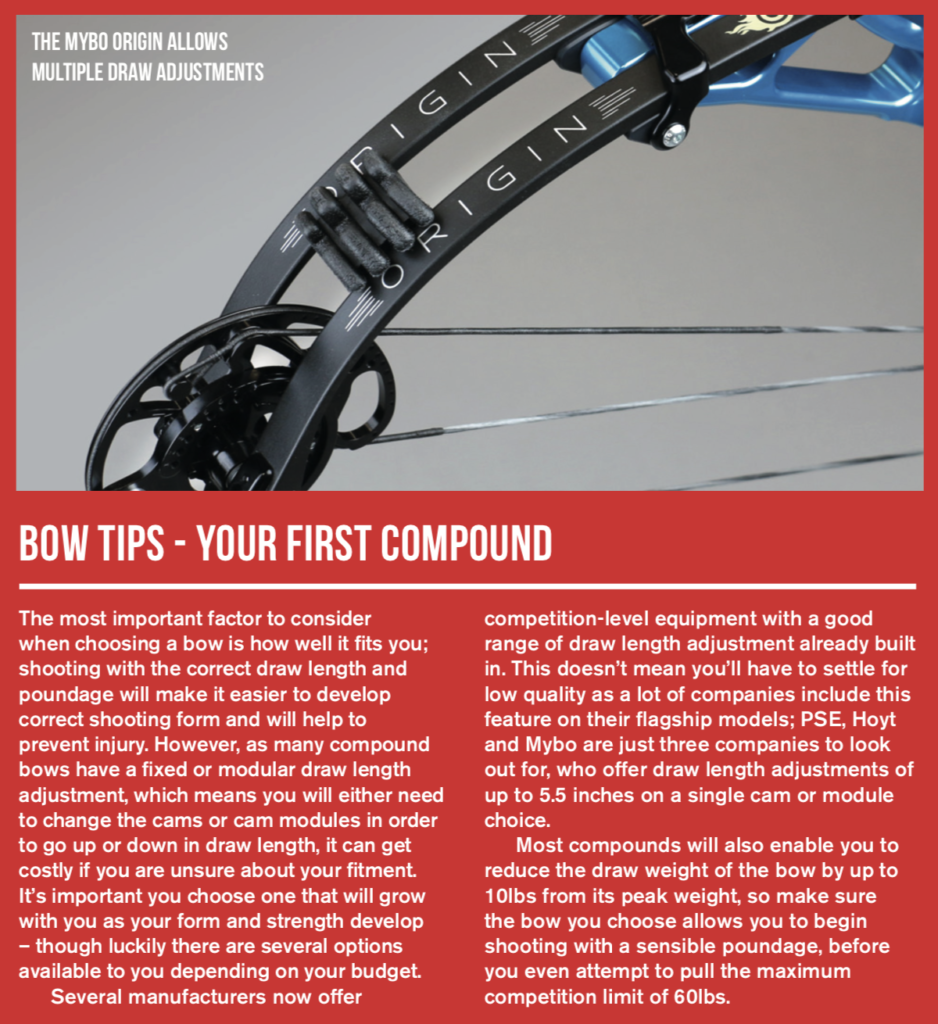


[…] can read the first two parts of Hacking The Darkside here: Part 1 / Part […]